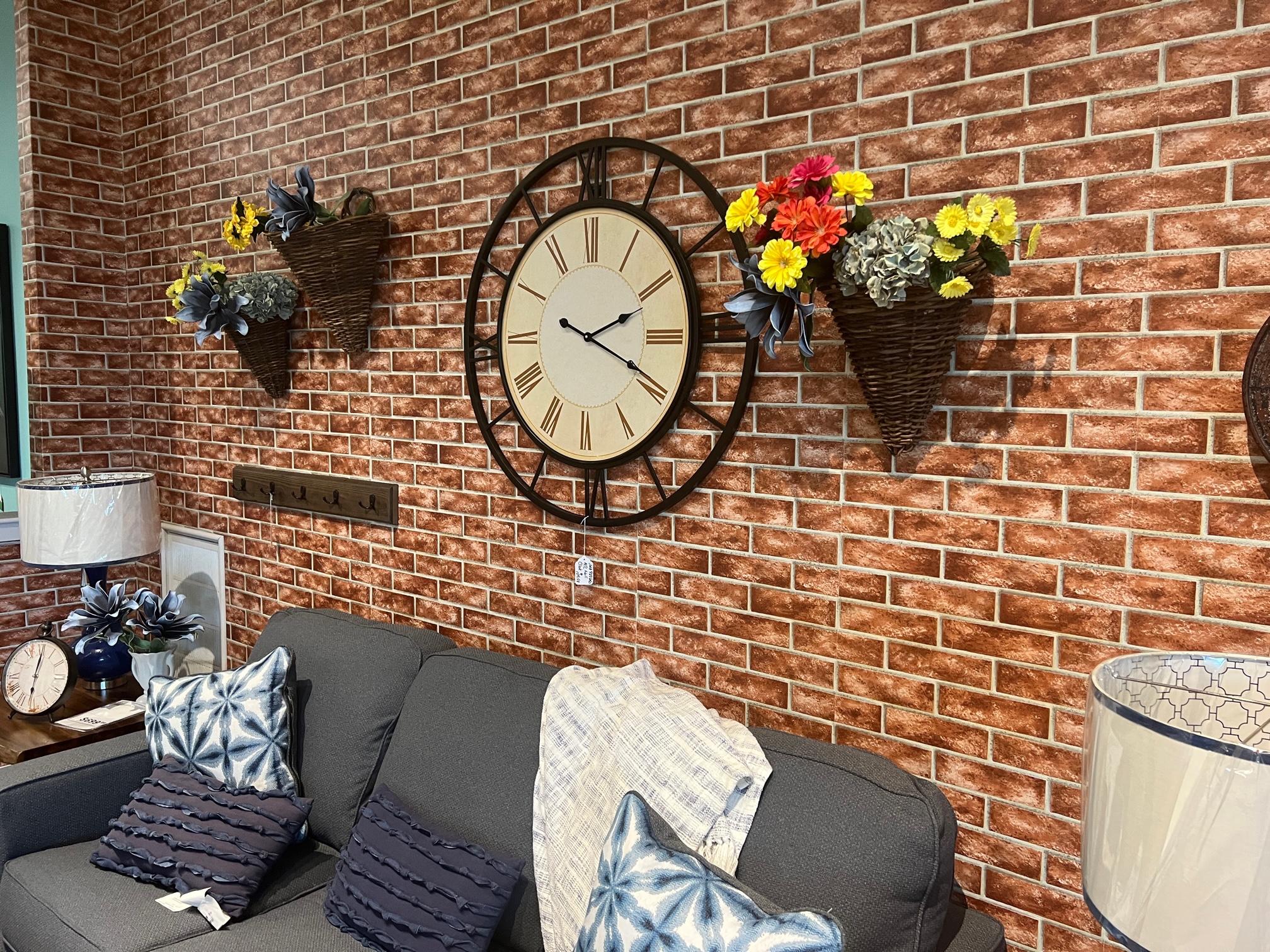We would like to hear from you with any feedback about our website or products.
Timeless Elegance: The Journey of Clocks from Utility to Statement Pieces in Interior Design

In the intricate tapestry of human history, one creation has stood as a steadfast companion through the ages – the clock. What began as a simple means of measuring time has evolved into an artistic and functional marvel that weaves its way into the very fabric of our lives. From the humble sundials of ancient civilizations to the ornate timepieces that grace our modern homes, the evolution of clocks is a fascinating journey that melds the realms of art, science, and interior design.
A Glimpse into the Past
The journey of clocks dates back thousands of years. In ancient civilizations like Egypt and Babylon, sundials were used to track the passage of time based on the movement of the sun’s shadow. These primitive timekeeping devices were not only functional but also reflected the societies’ early understanding of astronomy and mathematics.
As human ingenuity progressed, so did timekeeping mechanisms. The advent of mechanical clocks in the 13th century marked a significant leap forward. These early devices relied on gears, weights, and pendulums to maintain precision. With each passing century, clockmakers honed their craft, resulting in increasingly intricate and ornate timepieces that showcased the fusion of science and art.
Time as an Aesthetic Element
As clocks evolved from mere timekeepers to intricate works of art, they began to find their place in interior design. The Renaissance period saw the rise of elaborately designed clocks that adorned the homes of the wealthy elite. Craftsmen collaborated with artists to create timepieces that were not only functional but also exquisite centerpieces that captured the spirit of the era’s artistic renaissance.
In the subsequent centuries, clocks continued to evolve in both design and mechanics. The Industrial Revolution brought about mass production, making clocks more accessible to the general population. As a result, clocks transitioned from being symbols of status to becoming integral parts of households. Whether they were mounted on walls, perched on mantelpieces, or displayed atop elegant furniture, clocks became essential elements in interior decoration.
The Modern Statement Piece
In the modern era, clocks have transcended their utilitarian roots to become powerful statements in interior design. A well-chosen clock can elevate the aesthetic of a room, serving as a focal point that blends seamlessly with the overall decor. Sleek minimalist designs complement contemporary spaces, while ornate vintage clocks add a touch of nostalgia and charm. Grandfather clocks, with their timeless elegance, stand as majestic reminders of the past, seamlessly integrating history into our living spaces.
However, it’s not just the visual appeal that makes clocks significant in interior design. The concept of time itself holds immense symbolic meaning. A clock’s steady tick reminds us of the fleeting nature of moments, urging us to make the most of every second. In a world where we’re constantly rushing, clocks act as gentle reminders to pause, reflect, and appreciate the present.
Embracing Time’s Allure
In the grand tapestry of interior design, clocks have emerged as more than mere timekeeping devices. They are a nod to our shared history, a celebration of craftsmanship, and a reflection of our evolving perception of time. From the earliest sundials to the intricate wonders of the modern age, clocks have journeyed alongside humanity, mirroring our advancements and encapsulating our cultural shifts.
So the next time you glance at a clock adorning your living room wall, take a moment to appreciate the marvel it represents. It’s not just a tool to track time; it’s a storyteller, a piece of art, and a gentle reminder that every second is an opportunity to make your mark on the canvas of history.





